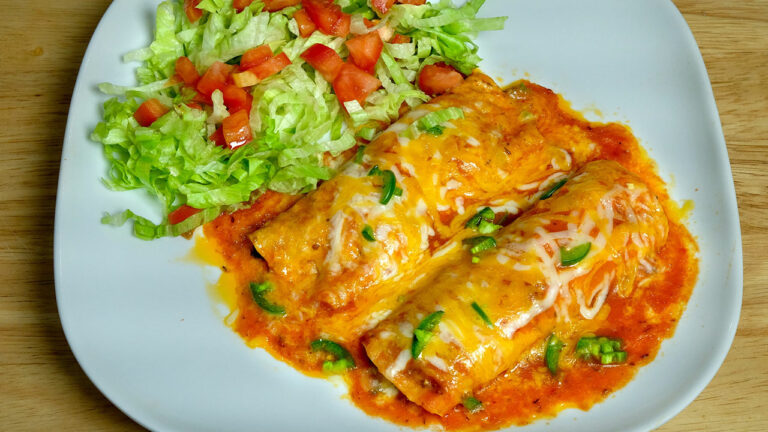Introduction: The Heat Factor in Mexican Cuisine
Mexican cuisine is known for its bold and vibrant flavors, and one of the most notable characteristics is its spiciness. While not all Mexican dishes are spicy, there is no denying that chili peppers play a significant role in the country’s culinary traditions. Whether it’s the mild heat of a poblano pepper or the fiery kick of a habanero, the use of chili peppers has become synonymous with Mexican food. However, not everyone has the same tolerance for spicy food, and thus, it’s essential to understand the different levels of spiciness in Mexican cuisine.
The Role of Chili Peppers in Mexican Cuisine
Chili peppers have been an essential ingredient in Mexican cuisine for centuries. They add flavor, color, and, of course, heat to dishes. Mexican food uses a wide variety of chili peppers, each with its unique flavor and heat level. Some of the most commonly used chili peppers include jalapeños, serranos, poblanos, chipotle, and habaneros. Jalapeños are one of the most popular peppers, and they have a mild heat level, making them a great choice for those who are new to spicy food. On the other hand, habaneros are one of the hottest chili peppers and should be used sparingly.
The Different Levels of Spiciness in Mexican Food
Mexican cuisine has a diverse range of spiciness levels, from mild to extra hot. Some dishes are intentionally spicy, while others may have a milder heat level. For example, dishes like salsa and guacamole often have a mild heat level, while dishes like enchiladas and tacos can vary in spiciness depending on the type of pepper used in the sauce or filling. It’s essential to understand the heat level of a dish before ordering or eating it, as some people may have a low tolerance for spicy food.
The Regional Variations in Mexican Cuisine
Mexican cuisine is diverse and varies significantly from region to region. Each region has its unique flavors, ingredients, and cooking techniques. Some regions, such as Oaxaca and Yucatan, are known for their spicier dishes. In contrast, others, such as Veracruz and Michoacán, have milder cuisine. Regional variations in Mexican cuisine provide visitors with a diverse culinary experience and allow them to explore the different flavors of Mexico.
Cultural Significance of Spicy Food in Mexico
In Mexico, spicy food is more than just a culinary preference; it’s cultural. Chili peppers have been a part of Mexican cuisine for thousands of years and have become a symbol of the country’s culture and identity. Spicy food is believed to have health benefits, such as aiding digestion and increasing metabolism. Additionally, chili peppers are used in traditional Mexican medicine to treat ailments like headaches and arthritis.
Tips for Enjoying Spicy Mexican Food
If you are new to spicy food, start with milder dishes like salsa or guacamole and work your way up to spicier dishes. Drinking milk or eating dairy products can help alleviate the burning sensation caused by spicy food. Additionally, eating starchy foods like rice or potatoes can help absorb the heat. Finally, remember to enjoy the flavors of the dish and not just focus on the spiciness. Mexican cuisine has a lot of depth and complexity, and it’s essential to appreciate all aspects of it, including the heat.

